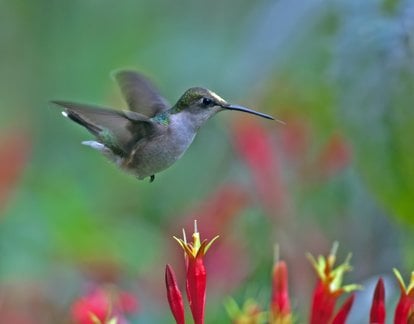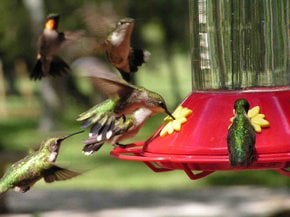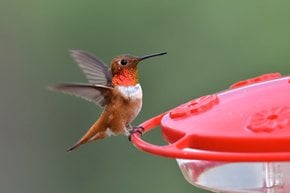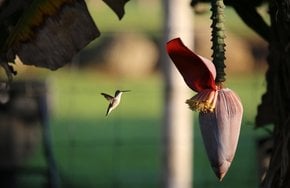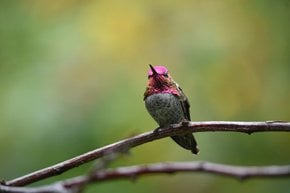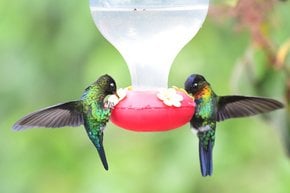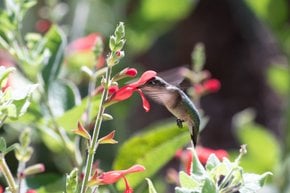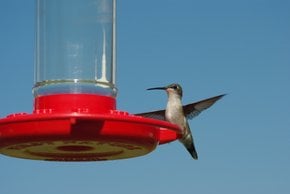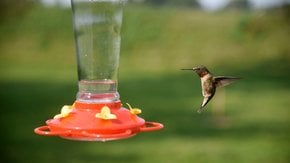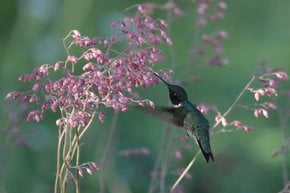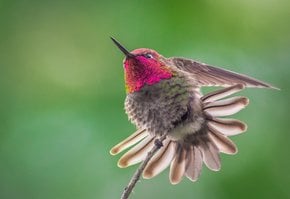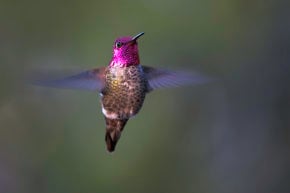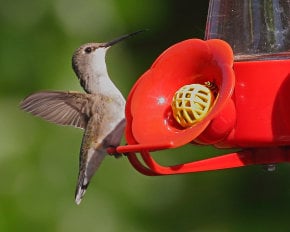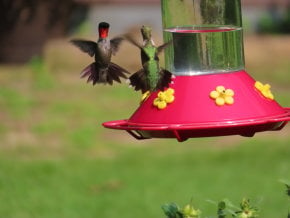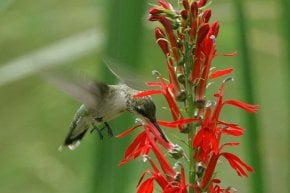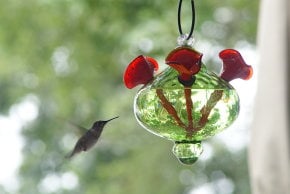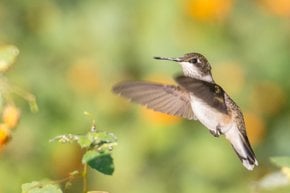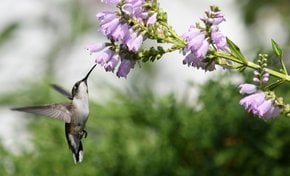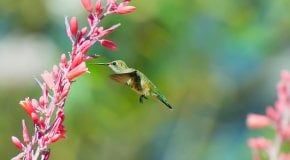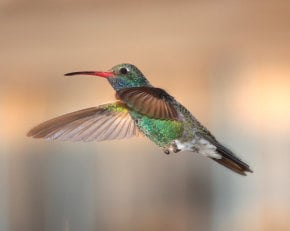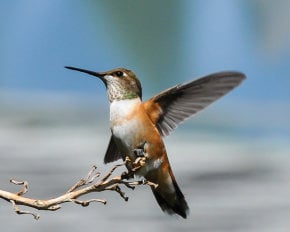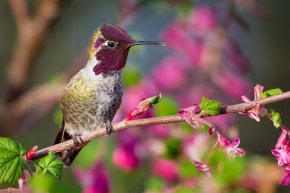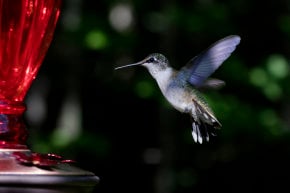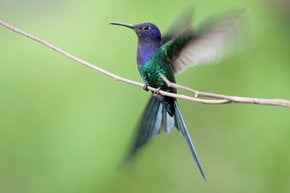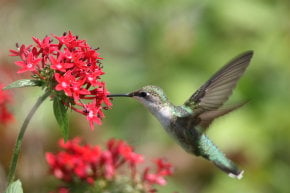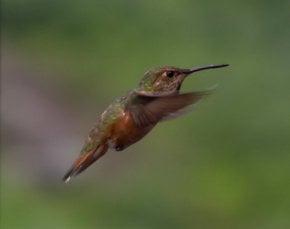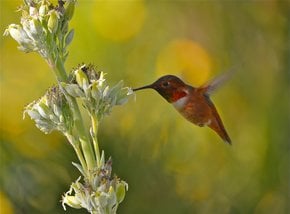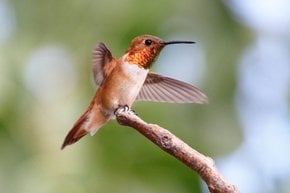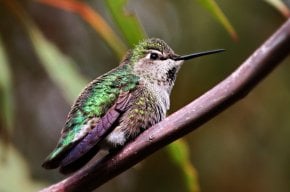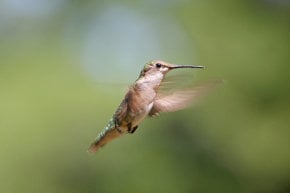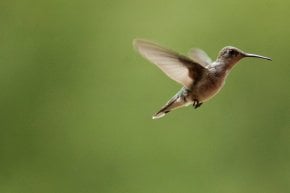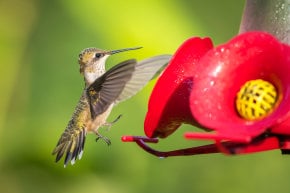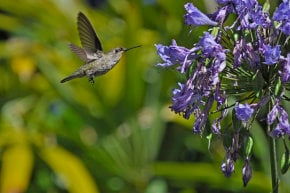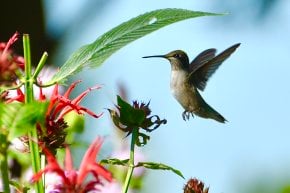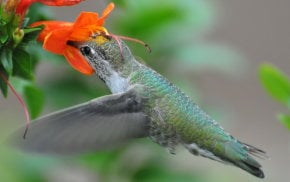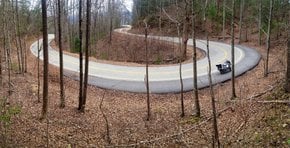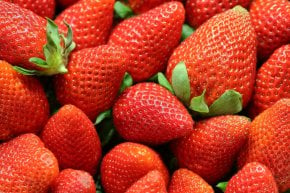Hummingbird Migration in Tennessee 2026
Behold the world's most adorable wee birds throughout Tennessee
Best time: late March–mid-May | early July–October
The migratory ruby-throated hummingbird (Archilochus colubris) is the most famous hummer type in the eastern US for being the only species that breeds in these areas. Ruby-throats cross the state of Tennessee twice a year. Between late March and mid-May, the birds hurry to their northern breeding grounds, which reach south-eastern Canada. When nesting business is done, the migrants set off south on the more leisurely return journey to their wintering homes in Mexico and Central America. The fall migration stretches from early July through October.
Even though locals maintain bird feeders in their backyards from spring to fall, the highest chances of spotting a swarm of hummers occur during fall migration, particularly mid-August through early September. The population grows bigger as fledglings join in. Besides, the birds gorge on sugar water (1/4 part sugar to one part water) to replenish their fat reserves, essential to complete the grueling long-distance trip. Conversely, late May through June is least promising, as females are busy raising their chicks. So don't get upset if your feeders are too quiet in early summer.
In truth, you could leave the feeders out year-round, as several species breeding in western states frequent Tennessee from November to late March. The most common winter visitor is the rufous hummingbird (Selasphorus rufus). Rarer sightings include black-chinned (Archilochus alexandri), Anna's (Calypte anna), Allen's (Selasphorus sasin), calliope (Selasphorus calliope), broad-tailed (Selasphorus platycercus), and occasionally ruby-throated hummingbirds. No matter how long you keep the feeders in the yard, remember to wash them regularly to prevent your nectar from fermentation.
Lastly, where to look for these tiny zippy critters if not in your yard? They are found in all counties in Tennessee, typically throughout suburban neighborhoods known for mature trees and shrubby cover. So no matter where you are—in Nashville, Memphis, Chattanooga, Gatlinburg, or elsewhere—you can sometimes get a glimpse of the tiny bird.

